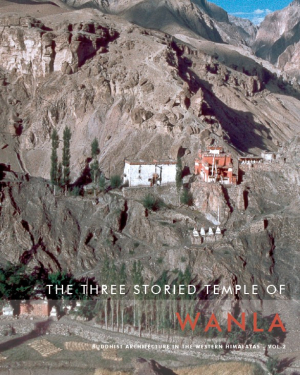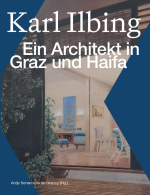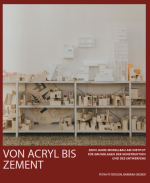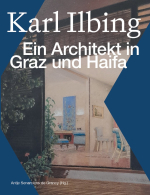The settlement of Wanla is located in Western Ladakh on the Yalpola River, a southern tributary of the Indus River, about 68 kilometres linear distance from Leh. At an altitude of 3260 metres, the climate is somewhat milder than in higher regions and offers more comfortable living conditions. The small mountain ridge above the settlement of Wanla is dominated by the imposing ruins of an ancient castle complex that are mainly situated on a rocky crag on the north-western side.
The solitary position of the temple within the castle and the hints on its founder in the temple inscription indicate that the temple may have been used as both a palace chapel and a three-storey initiation chapel. Compared to other three-storey temple buildings, Wanla temple can be even described as a typologically unique palace chapel. The temple of Wanla appears today almost in its original form. Since its construction, the temple has been a monument of the Drikung Kagyu school, a sub-school of the Kagyupa school of Tibetan Buddhism.
With contributions by Carmen Auer, Holger Neuwirth, Martina Oeter & Alexandra Skedzuhn-Safir and Kurt Tropper.








